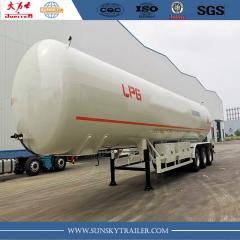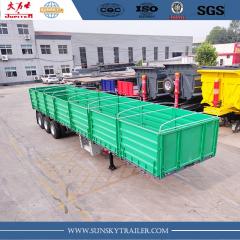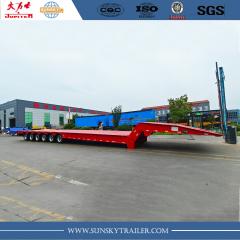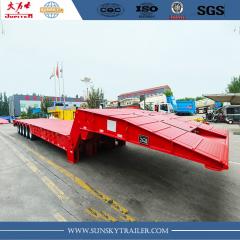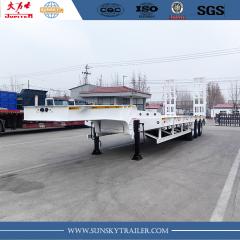How to Clean Your Stainless Steel Tanker? | Four Tips to Follow Right Away
There is nothing more appealing than a spotless tank. Customers appreciate seeing a clean tank because it portrays a positive image of the owner and the brand. An unclean, dirty tank, on the other hand, is unappealing and can turn customers away. We recognize the importance of keeping your stainless tanks in good condition. To ensure that your tank always looks its best, we created a list of do's and don'ts.
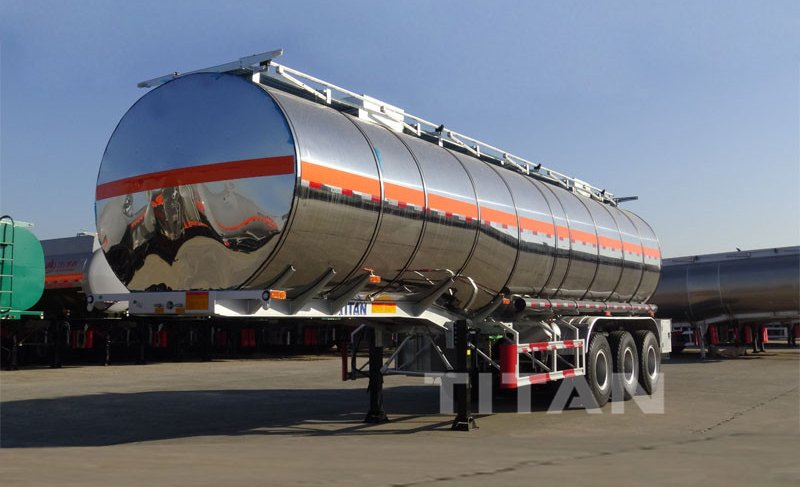
Cleaning stainless steel tanks is not the same as cleaning tractor trailers or other trucks. Stainless tanks are more corrosion resistant, hygienic, cost effective, and environmentally friendly. They are, however, susceptible to damage.
Because of their gleaming stainless steel appearance, these tanks require extra caution when cleaning. Using the incorrect cleaning material can damage stainless steel, making it appear even worse than before it was cleaned. Also, not thoroughly rinsing the tank after using soap can result in spots. This is also unappealing.
Read these pointers on how to keep your stainless steel tankers clean and shining:
- Bleach should not be used on stainless steel
Chlorine and stainless steel do not mix. It will tarnish the steel's finish and cause dirt to collect in the cracks. When choosing a cleaner, read the label carefully because many cleaning products contain chlorine bleach. If you accidentally get chlorine on your stainless steel, quickly and thoroughly rinse it off.
- A through rinsing
Remaining water in your tank can leave a residue. Over time, it can also stain the stainless steel on the surface. Any leftover cleaning solution can also harm the stainless steel's surface. Rinsing your stainless tank is a crucial step in the cleaning process.
- Scrub Against the Grain
Scrubbing with the grain cleans the stainless steel surface and helps to maintain its original finish and texture. Cleaning the tiny grooves where dirt and dust get trapped is easy by scrubbing with the grain.
- Remove the thick mud
To remove the large chunks, use a pressure washer. Allow the surface to dry if possible, as the chemical works best on a dry surface. If you don't have time to wait for the surface to dry, you may need to increase the chemical's strength.
Concluding
A tanker trailer requires extra special care in cleaning due to its gleaming stainless steel surface. If the wrong chemical is used in the cleaning, the tanker's surface can be damaged by chemical burns, making it appear worse than if the stainless steel tanker truck had not been washed at all.
The primary method for ensuring the integrity of the product and consumer safety is, unsurprisingly, thorough cleaning of the tanker's interior surface between cargoes. The first and most important step in this process is to ensure that the tanker's interior is properly cleaned and passivated.
A tank that has been thoroughly passivated will have less interaction with its contents. Electropolishing is also a beneficial step because it creates a smooth surface finish that is easier to clean and makes it more difficult for debris or other potentially corrosive conditions to adhere to the surface .





